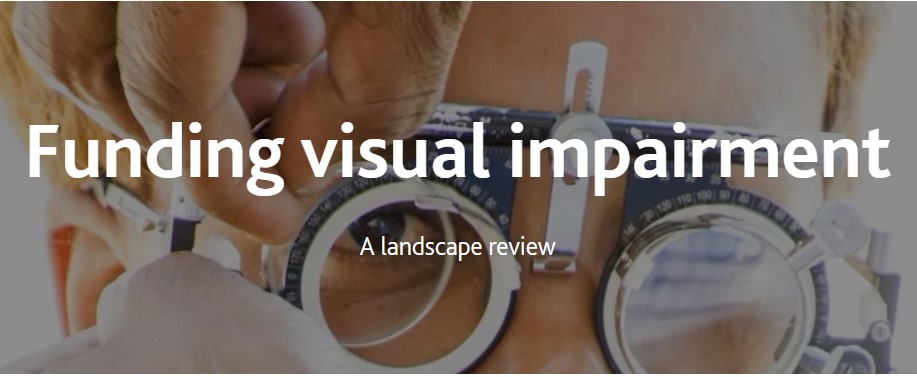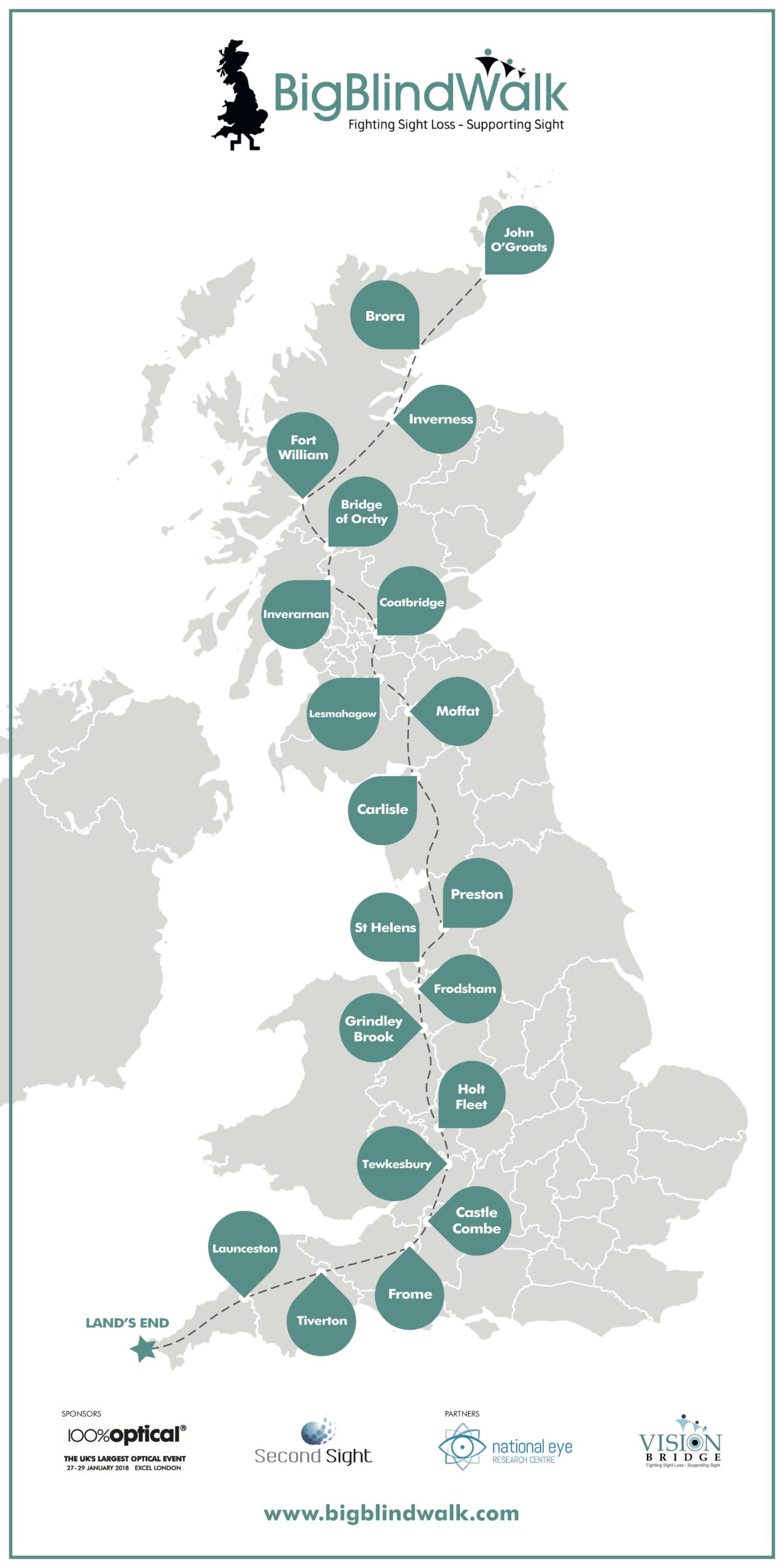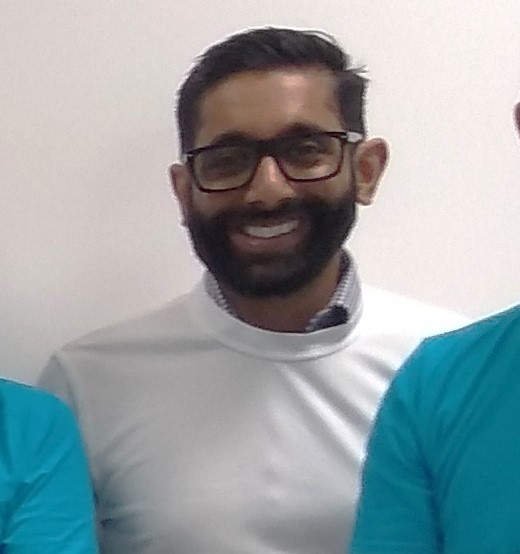Nystagmus Network’s Sue is proud to have played a small part in the work behind a new report, published by NPC today, into the lack of funding for visual impairment.
The key headlines of the report:
Our message
- Funders should give more money to medical research and systemic change to achieve greater long term impact for people living with sight loss.
- Eyesight is the sense people fear losing the most. Many consider it to be unpreventable, untreatable, even inevitable, meaning treatment is often sought too late. By giving more to medical research and working towards societal and policy change, funders could achieve greater long term impact for people living with sight loss.
Philanthropy context
- At present, most money goes to services which improve quality of life – just 3% goes to research. These services are vitally important, but we shouldn’t neglect medical research and working towards systemic change – especially early stage research and areas where there is little profit incentive for pharmaceutical companies.
- Most charitable funding for visual impairment comes from legacies, fundraising appeals, subscriptions, government contracts, and the Lottery. It does not seem to be a popular cause among trusts, foundations, or philanthropists, with very few dedicated funding streams. More philanthropic funding therefore has the potential to make a huge difference in this sector.
- Giving more to medical research and systemic change needn’t be at the expense of frontline services. The visual impairment charity sector is small compared with other health sectors. The combined income of its top 16 charities is less than that of the single biggest cancer charity. There’s plenty of room for growth.
- We’ve published this review of the visual impairment sector to help funders better target their giving. For any issue you need a healthy balance between reactive and preventative work. There is a trade-off between having a relatively certain impact on a small number of people in the short term and having a much less certain impact on a huge number of beneficiaries (at the medical, society, or policy level) in the long term.
Policy context
- The overall visual impairment sector in the UK is complex, overlapping with different aspects of the healthcare system, social care, and many other sectors – and there is no national strategy for eyecare.
Facts about visual impairment
- More than two million people in Britain live with sight loss severe enough to significantly impact daily life, with the number expected to double by 2050. Of this, around 340,000 are registered blind or partially sighted. The leading causes are age-related macular degeneration (48%), glaucoma (16%), cataract (12%), retinitis pigmentosa (10%), and diabetic eye disease (8%).
About this research
- This research covers six areas where philanthropic funding could make a difference: children and young people, working-age adults, older people, mental health and isolation, disabilities and learning difficulties, and medical research. It examines what the NHS and local government are already doing, and where philanthropy can add value.




